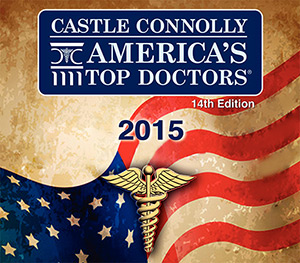What is BIA-ALCL ?
This is a very rare type of lymphoma that may develop following the placement of breast implants. This occurs rarely, somewhere between 1.30,000 and 1: 300,000 patients. This is not a type of breast cancer but rather it is more closely related to lymphoma which affects the cells of the body’s immune system. It appears to be associated with textured implants, more commonly silicone but also occurring in saline implants.
What are the symptoms?
The main systems consists of swelling or pain around the breast often many years after the implant has been placed (two to 28 years). The breasts may become firm; this may be the result of a seroma for fluid collection around the implant and may be associated with (capsular contracture) which is a scar around the breast implant which makes a breast implant feel firm. It may also present as a lump under the armpit.
How is BIA-ALCL diagnosed?
Swelling in a breast with an implant may indicate seroma or a fluid collection. This should be investigated with a mammogram. If there is fluid it should be remove along with the breast capsule (scar tissue) and tested with CD30 immunohistochemistry, flow cytometry and to diagnose BIA-ALCL. Mammograms are not useful for this problem. Additional studies may be required.
Does the type of implants make a difference in the risk of developing this problem?
At this time it appears that the majority of cases have occurred in textured implants but it has occurred in both saline and silicone implants.
Should women with textured implants have them removed? Or not used to begin with?
The available data does not support discontinuance of textured implants. The best practice is always for the physician to discuss with each patient the known risks and potential complications associated with any procedure. It is important for the patient and her doctor to frankly discuss all options available, and the risks involved.
Every plastic surgeon offers patients options regarding breast implants in terms of sizing, shape, and surface. Textured implants may offer advantages when placed subglandularly (lower risk of capsular contracture), and when an anatomically shaped implant is utilized (lower risk of malrotation). Depending on a particular patient’s needs, a textured implant may be preferable. The patient must then make an informed decision, based upon her own assessment of her needs and the risks involved.
What should I consider if I am considering breast implant surgery?
Discuss the procedure in detail with your board-certified plastic surgeon.
Review the information regarding textured and smooth implants as well as silicone gel versus the Ideal structured saline implants.
What are the known statistics about ALCL at this time (5/27)?
Currently, the FDA has reports of 359 patients in the United States with this disorder.
There are 9 reported deaths in the United States and 12 known deaths worldwide. The current risk is estimated to be as high as one and 30,000 women. The risk in Australia and New Zealand has been reported between 1:1000 and 1:10,000 textured/polyurethane implants.
Approximately 12.7% of the breast implants that are placed in the United States each year have a textured surface. More than 300,000 breast augmentations and the majority of approximately 100,000 breast reconstruction each year use breast implants. More than 5 million women in the United States have breast implants.
The implant should be removed along with a complete capsulectomy. Any isolated lump should be removed. If the lymphoma has spread two lymph nodes or beyond the breast then further treatment with intravenous chemotherapy is required.






